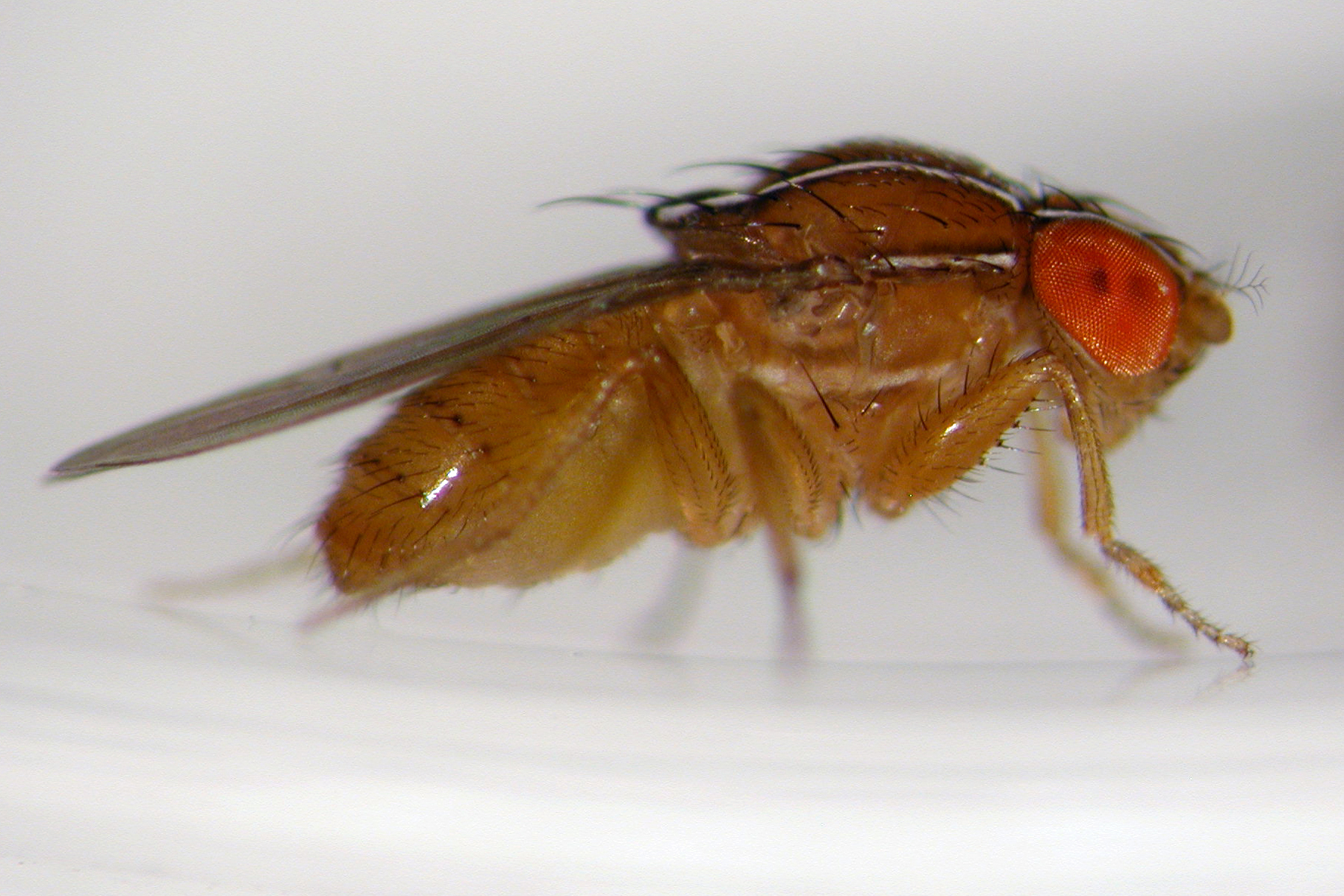Inspections don’t kill anything, but they’re necessary to determine what should be done to resolve a potential or recent fly problem. Here are some of my best tips that have been successful:
- Check insect light traps. This can give you an idea of what type of flies are present and where it’s best to look.
- Kicking open garbage cans in a commercial kitchen helps you quickly assess a red eye fruit problem. The flies fly up, and most come back to land in the garbage.
- Breathe deeply to search for rancid smells. Flies have a better sense of smell then humans. If we can smell something, chances are flies are already present.
- Check corners of rooms. Housefly and blowfly larvae might crawl to this area and pupate. The viable and old pupae cases are easy to locate.
- Aim the beam of a strong flashlight down a floor drain. If drain fly larvae are present, they’ll undulate in the goo, and you’ll see it. Without a flashlight, you have no clue.
- Place a few drops of vinegar (four or five) on a light surfaced glueboard. Phoridae flies will come to the board within seconds and stick to it. By placing the boards in different areas, you can help pinpoint where the flies are coming from.
- Look behind garbage bag liners inside garbage cans.
- Check potted plants. Tap the leaves with your fingers. If fungus gnats are present, they’ll fly off the plant, and most will come back to relocate on the plants. Check the soil moisture level. Too wet is what these flies need.
- Gently pull back peeling baseboards. Housefly and other fly species of larvae might be present. This could mean getting on your belly to crawl under an appliance to reach the baseboard. That’s why we call it work.
- Inspect air curtains, which are supposed to prevent flies from flying in from outside. Unfortunately, even if installed properly, employees find them annoying and turn them off or redirect the airflow. It’s easy to see if they’re working properly. Stand outside the door, and drop a small piece of tissue in the center of the door opening. The tissue should blow back out at you. Repeat this on each side of the door. Sometimes the air sucks the tissue inside like it would a fly. If so, redirect the airflow. Sometimes flies land on the ground and walk in because they can’t fly in. Some air curtains work whereby a gentle breeze blows up from the floor preventing flies from walking in.
- Look for a fly swatter or pressurized aerosol in the room. Generally, it means employees are taking matters into their own hands.
- Use strips of lime-colored sticky traps to lure fungus gnats. This color works best to attract them.
- Check the ceiling light shields. This might require removing the shield to identify what’s inside.
- Dark-eyed fruit flies tend to rest on walls in shaded areas. Use your flashlight to check for them. They can be in the dining room but breeding in the kitchen.
- Elevator pits catch anything that falls into the shaft. It makes an excellent breeding area for flies and cockroaches. Follow proper safety rules before dropping into this area.
- Sometimes desperate measures have to be taken, which can involve taking apart a piece of machinery, unbolting a mixer from the floor or steam cleaning a difficult-to-reach area. Sometimes this was the only way I could find the source and eliminate the problem.
- Simple things such as installing or repairing a screen or keeping a door closed solves the problem. pmp
You can reach Frishman, an industry consultant since 1967 and president of AMF Pest Management Services, at mypmp@northcoastmedia.net

Leave A Comment